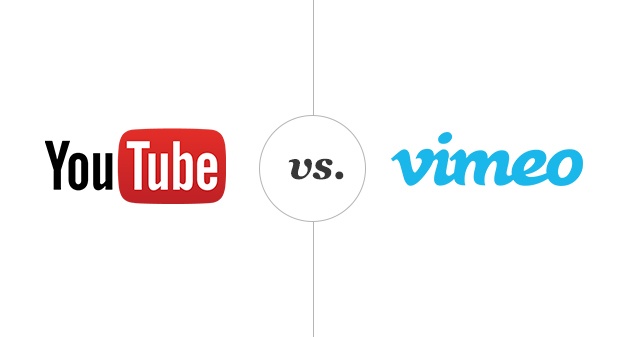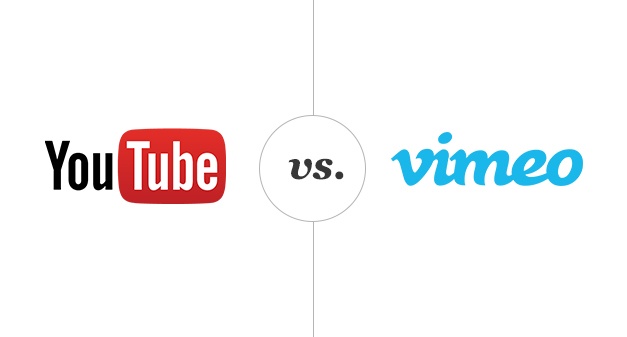
Online Strategist at Zooma since 2012. 15+ years of experience as a manager, business developer and specialist within online and e-commerce.
Keep me updated!
Subscribe

A common question we get is how to make choices between "sister" offsite touch points online. For example how do you decide whether YouTube or Vimeo is the right place to host video content? In this post we’ll cover a few of the tricks you can apply as well as some of the concrete things you should think about!

When it comes to comparing online touch points, and the pros and cons of such, one aspect that always comes to mind is how popular (or unpopular!) they are. So how do you most easily judge that? By taking a wild guess, doing a small poll in the office, asking your international network or are there things you can do in front of your screen? The good news is that there are.
Enter Google Trends. You’ve probably heard of it, but perhaps never used it yourself. It’s easy:
Here is the result of above; a graph of search popularity in google for vimeo vs. youtube since 2004 and onwards.
Clearly YouTube is the place to be in terms of traffic and users. If you want, you can click the map below the graph to drill down into specific countries that you're interested in as well.
Another resource for investigating the popularity of online touch points is statistics from Alexa (which is owned by Amazon). Alexa's traffic estimates are based on data from their global sample of millions of Internet users using at least one of thousands of different browser extensions. In addition to absolute numbers, there is a global traffic rank that shows how a .com/.xx is doing relative to all others over the past 3 months.
Alexa is also super-easy to use:
Here you can observe that Vimeo is ranked 194 globally as of this writing whereas YouTube is ranked 3, and that there is a very visibly falling ranking over the past 3 months from a position of ca 135 (with YouTube flat at 3). If you were to pay for an advanced plan, which you might do for a one time analysis (one month is 149 USD and you get a 7 day free trial), you will also be able to see traffic estimates. In addition, further down you can see visits by country and things like bounce rate (which is 56% for Vimeo vs. 30% for YouTube) and daily time on site (which is 4 min for Vimeo vs. 22 min for YouTube), all being very relevant for video of course.
Lastly there is Moz Open Site Explorer. This is an easy way to access a touch point's organic “weight” in search engines. Based on Moz’s own index of online of the past month or so (some 200 million domains), it shows you metrics such as domain authority (the higher the better) and is also easy to use:
In this particular case both Vimeo and YouTube are incredibly strong. It's obvious that they are among the most popular destinations online with page authority close to the maximum 100 and both boosting millions of external links to them. Hence, from a SEO perspective the major difference between them is that Google owns YouTube and even though they try “not to be evil”, the safe bet would always be YouTube (meaning that it's likely that Google prioritises YouTube over Vimeo in their search algorithms).
You can apply the method above to many other online (onsite or offsite) touch points, and if you’d like our take on we'll cover a few more in coming articles or you can always get in touch Zooma!
